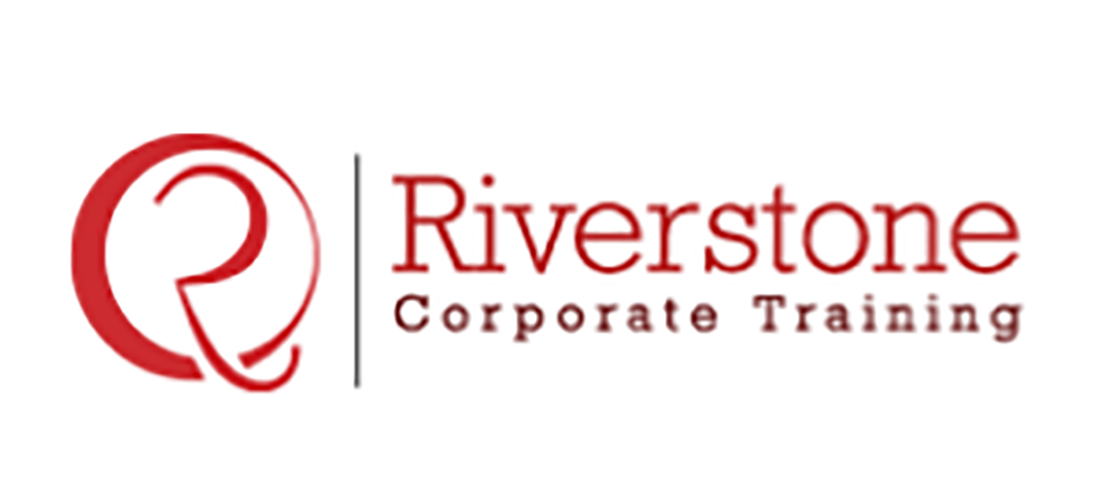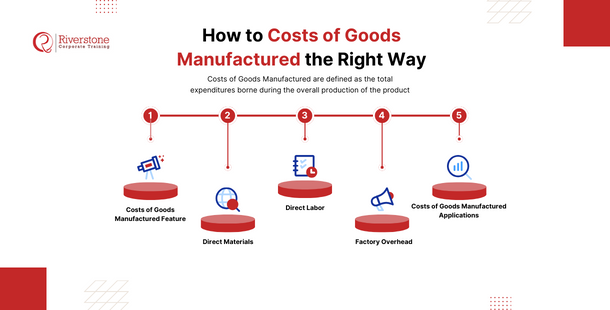 How to Costs of Goods Manufactured the Right Way.
How to Costs of Goods Manufactured the Right Way.
Costs of Goods Manufactured are defined as the total expenditures borne during the overall production of the product. This includes raw materials, labor charges, factory-level processing, inventory, and storage costs. Every single expense that a company bears during the production of a product is counted as Costs of Goods Manufactured.
The Cost of Goods Manufactured also includes the list of products or raw materials and their respective costs. When final products are ready to be taken out to the markets, the total expenditure is spent on every single product calculated under the COGM. Thus, the overall expenses of the final and processed goods are known as Cost of Goods Manufactured — one of the key components of financial statements explained in detail to help assess production efficiency and cost control.
Costs of Goods Manufactured Feature
Costs of Goods Manufactured of any product are calculated by evaluating the price of raw materials used and different processing costs. Almost all businesses deal with these expenses before delivering their products to the end customers. COGM helps to effectively price the products after a careful evaluation of a business.
Direct Materials
These are the raw materials that are used to create a finished product. They can be referred to as the smaller materials used to create a larger, final product. Direct Materials are purchased and then assembled into finished goods.
Direct Labor
Direct labor refers to the efforts put in by the employees of a company or a business. The costs and efforts that go into creating a final product fall under direct labor—for example, factory salaries, job workers, etc.
Factory Overhead
Under this category, the total other costs of running a factory-like factory rent, utilities, maintenance costs, etc. Also known as indirect costs, these are the miscellaneous expenses that go into the production value of a product.
To calculate the Costs of Goods Manufactured, add all the expenditures and deduct the End inventory.
COGM = Starting Work in Process Inventory + Total Expenditure – End Work in Process Inventory
Costs of Goods Manufactured Applications
The applications of “Cost of Goods Manufactured” can be used in different parts of a production-based business.
- The cost of goods manufactured helps keep an accurate track of the stock made and sold.
- The Costs of Goods Manufactured also helps control all factory and warehouse expenses and the merchandise that is yet to be completely purchased or sold.
- All types of merchandise that are perishable or in high demand are kept on track with the help of Costs of Goods Manufactured.
- Costs of Goods Manufactured helps keep every single move in the production house of your company in check.
- Every single expense is taken into consideration to control the costs. Promotes cost savings and helps reduce production expenses.
- Increases profits on products and the cost of goods sold can be evaluated with the help of Costs of Goods Manufactured.
Optimizing COGM (Costs of Goods Manufactured)
Craft a practical resource that not only defines COGM but concentrates on practical action that can be performed to decrease and streamline manufacturing cost in the frame of the Singaporean industrial picture. Such a piece of writing may include such matters as the principles of lean manufacturing, the use of automation and technologies, effective management of supply chains (especially the compatibility with local or regional suppliers), managing the cost of energy in Singapore, and increasing the efficiency of labor. Through this kind of localized and practical solutions, you will be able to attract manufacturing ventures and individuals seeking how they can better their cost effectiveness and competitiveness in Singapore. This includes exploring inventory valuation methods used by companies in Singapore and understanding how cost drivers influence pricing strategy and profitability, which are both critical to accurate costing and strategic financial decisions in a competitive manufacturing environment.
Interactive COGM Calculator with Scenario Analysis:
Create an online and interactive calculator through which they can enter possibly fictional amounts of direct materials, direct labor, manufacturing overhead, and beginning ending work-in-process inventory and calculate their costs of goods manufactured. Most importantly, the tool must provide scenario-based analyses, which would enable the user to modify the value of one or more of the cost items e.g. increase in the direct material cost by 10 per cent, decrease in direct labor hours by 5 per cent and observe the resultant effect on total COGM. This tool, though installed and put into action would not only directly serve a purpose, but it would also enlighten the users of the factors that influence cost of manufacturing of a business and how their operating changes affect their COGM in a simplifying and interjective manner—making it a valuable complement to an advanced financial forecasting and valuation course or a project finance modeling course for infrastructure deals.
Conclusion
To summarize, Costs of Goods Manufactured can be one of the essential aspects of your production. A relevant calculation will help produce a perfect statement for all the expenses in the manufacturing unit of a business. Thus, to keep everything in order and strengthen a company Cost of Goods Manufactured is highly essential.

 How to Costs of Goods Manufactured the Right Way.
How to Costs of Goods Manufactured the Right Way.